 John was a great manager, good at his job and easy to get along with. But every now and then, he had days when his patience was thin, and he seemed distracted. His team knew when he was having a bad day, even before interacting with him. How did they know? Chances are, they noticed his non-verbals.
John was a great manager, good at his job and easy to get along with. But every now and then, he had days when his patience was thin, and he seemed distracted. His team knew when he was having a bad day, even before interacting with him. How did they know? Chances are, they noticed his non-verbals.
Can you tell whether someone is having a good or a bad day – before they have even said a word? If yes, chances are you are tuned into their non-verbals. And just as you notice these signals in others, others can tell a lot about you by reading your non-verbals.
As a successful communicator, you will want to pay close attention to the non-verbal messages you are sending to be sure the right message is getting across.
For example:
• If your non-verbal behavior matches, emphasizes or even replaces your words or feelings (i.e. you smile and nod your head while stating agreement) it is likely to enhance your communication.
• If your non-verbal behavior is in disagreement with your words (you say “yes” while crossing your arms across your chest and frowning) it is likely to confuse your listeners.
• If your non-verbal behavior has no meaning (you wring your hands or twist your ring as you speak) it is most likely a mannerism, which could be distracting or confusing, and should be eliminated.
When we are confident and sure of what we are saying, we tend to display a strong match between what we say and how we say it. Our body language is more open. Our gestures are more emphatic and descriptive. Our faces are relaxed and expressive. When we are less sure of ourselves, there is more likely to be a mismatch between our words and our non-verbals. So we want to be aware especially of habits such as a frown or hand-wringing that can send a mixed or wrong signal.
How can you be sure your non-verbals are helping you to communicate? Try video recording a presentation or rehearsal, and see for yourself what your audience sees when you speak.
After all, as a successful communicator, you know that it is not only what you say but how you say it.
________________________________________________________________________
Author Gail Zack Anderson, founder of Applause, Inc. is a Twin Cities-based consultant who provides coaching and workshops for effective presentations, facilitation skills for trainers and subject matter experts, and positive communication skills for everyone. She can be reached at [email protected].
Web site: www.applauseinc.net
Blog: www.managementhelp.org/blogs
twitter: @ApplauseInc
 Sections of this topic
Sections of this topic
















